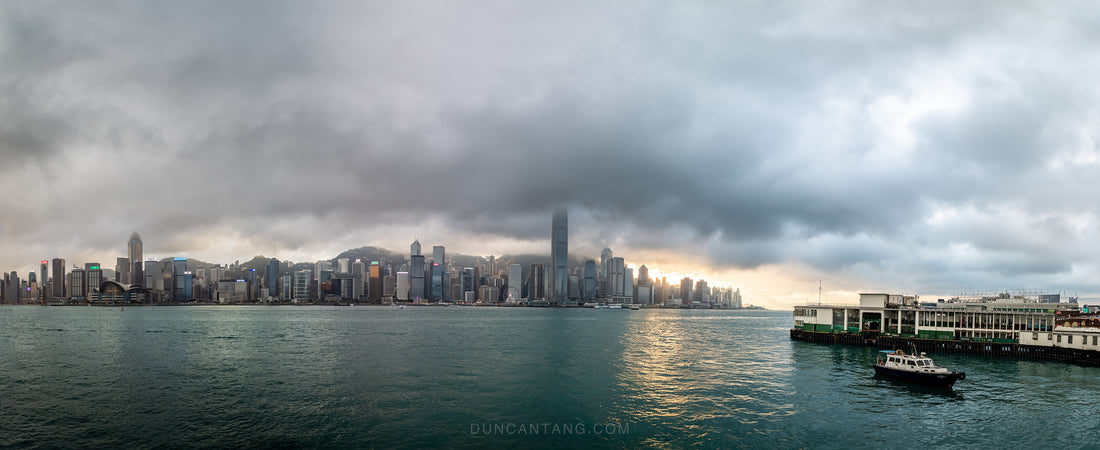Panoramic photography is a unique form of art that extends the human field of view, capturing broad landscapes in a single image. It's an alluring way to showcase the grandeur of nature, the expanse of a cityscape, or any broad subject you'd like to capture. This blog post will discuss three key areas to help you master the art of panoramic photography: understanding the equipment, mastering the technique, and perfecting post-production.
Understanding the Equipment
The first step to mastering panoramic photography is understanding the equipment necessary. A digital camera with manual settings is crucial, as auto settings can cause inconsistencies between shots. A wide-angle lens can also be beneficial, although not required. A sturdy tripod with a panoramic head is also essential to keep your camera steady and ensure all photos are taken from the same level. A leveling device and a nodal slide can also be useful to avoid parallax errors. Remember, the more stable and level your camera, the better your panoramic shot will be.
Mastering the Technique
The technique in panoramic photography involves more than just standing in one spot and turning in a circle. Start by selecting the right location and envisioning the panorama before you start shooting. The key is to rotate the camera around the lens's no-parallax point, not the photographer. Use manual settings to keep exposure consistent across all images. Shoot in portrait orientation to get a wider view. Also, overlap your shots by approximately 30% to make stitching easier in post-production. Lastly, always shoot in RAW format to ensure the highest quality images.
Perfecting Post-Production
Once your images are shot, it's time for post-production. There are several software options available for stitching images together to create a panorama, including Adobe Photoshop and Lightroom. The process typically involves importing your images, aligning them, blending them together, and then cropping the final image. It's also crucial to correct any distortion and to adjust color and exposure for consistency across the entire image. Remember, post-production is where your panoramic image truly comes to life and represents your unique vision.
Conclusion
Mastering panoramic photography requires understanding the right equipment, perfecting the shooting technique, and honing your post-production skills. It's a unique way to capture the world around us, offering a wider perspective than standard photography. It may be challenging at first, but with practice and patience, you can create stunning panoramic images that truly captivate and inspire.
